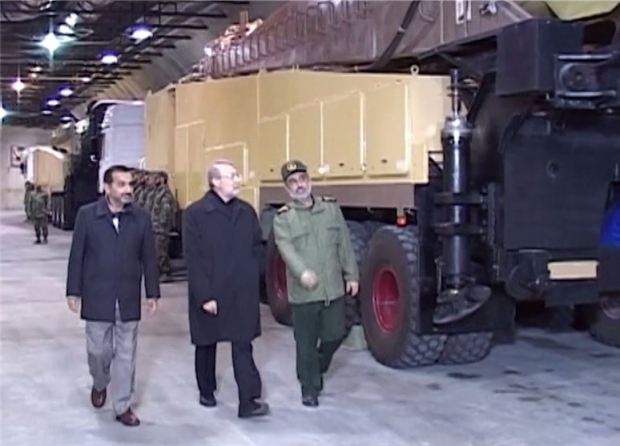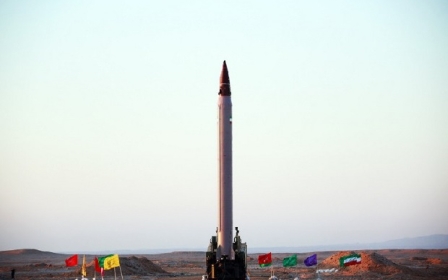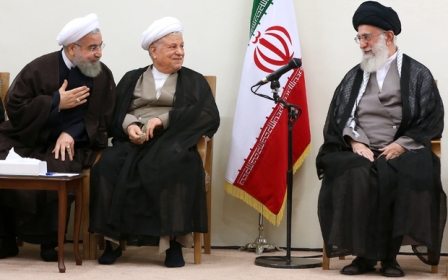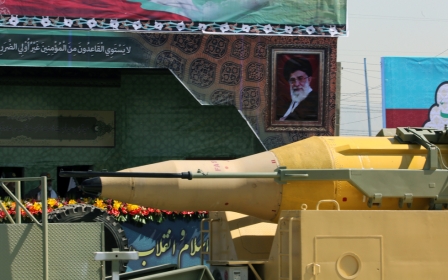Iran reveals 'missile city' bunker for new weapons

Iran's military has revealed a secret underground "missile city" used to store a new generation of ballistic missiles which the US claims are "nuclear capable" and whose test-firing last year broke a UN resolution.
The Revolutionary Guards Corps (IRGC) on Tuesday released pictures and video of the underground bunker after a visit by Parliament Speaker Ali Larijani.
Iran's Tasnim news agency said the bunker, which it dubbed a "missile city", stores the Emad ballistic missile, which has a range of 2,000km and was first successfully tested on 10 October. The US says the missiles are advanced enough to be fitted with nuclear warheads.
It is the second such bunker to be publicised in three months, after the guards in October revealed a facility dug into an unnamed mountain to store and protect Iran's advanced weaponry.
Brigadier General Amir Ali Hajizadeh, the commander of the IRGC's aerospace division, said the facility was only one of many bases scattered across the country.
The publicising of the existence of the bunker comes at a sensitive time in relations between Iran and world powers, who signed an agreement in July to largely curtail Iran's nuclear ambitions.
Iran is still the subject of UN Security Council resolutions on missile development. The Emad's test-firing in October was deemed by a UN panel of experts to have contravened UN Security Council resolution 1929 of 2010, which prohibits Tehran from launching ballistic missiles.
A report by the UN Security Council sanctions committee, requested by the UK, US, Germany and France, stated last month: "On the basis of its analysis and findings, the panel concludes the Emad launch a violation by Iran of paragraph 9 of Security Council resolution 1929."
Paragraph 9 states Iran "shall not undertake any activity related to ballistic missiles capable of delivering nuclear weapons, including launches using ballistic missile technology".
Iran's Foreign Minister Mohammad Javad Zaif hit back at the UN report saying "none of the Islamic Republic of Iran's missiles has been designed for a nuclear capability".
A threat of renewed sanctions against Iran could scupper the agreement, with Iran's leaders saying that the missile programme has nothing to do with the nuclear deal.
The report was released on the same day the IAEA, the UN's atomic agency, closed its decade-long investigation into Tehran's attempt to gain nuclear arms, stating that it had closed its "consideration of the matter".
The IAEA said earlier that Iran had conducted "a range of activities relevant to the development" of a nuclear bomb before the end of 2003 in a "coordinated effort", and that some activities continued until 2009.
The closure of the probe removed an important obstacle to implementing July's landmark nuclear deal with global powers, that shut down large parts of Iran's domestic nuclear programme for the lifting of crippling sanctions.
New MEE newsletter: Jerusalem Dispatch
Sign up to get the latest insights and analysis on Israel-Palestine, alongside Turkey Unpacked and other MEE newsletters
Middle East Eye delivers independent and unrivalled coverage and analysis of the Middle East, North Africa and beyond. To learn more about republishing this content and the associated fees, please fill out this form. More about MEE can be found here.





